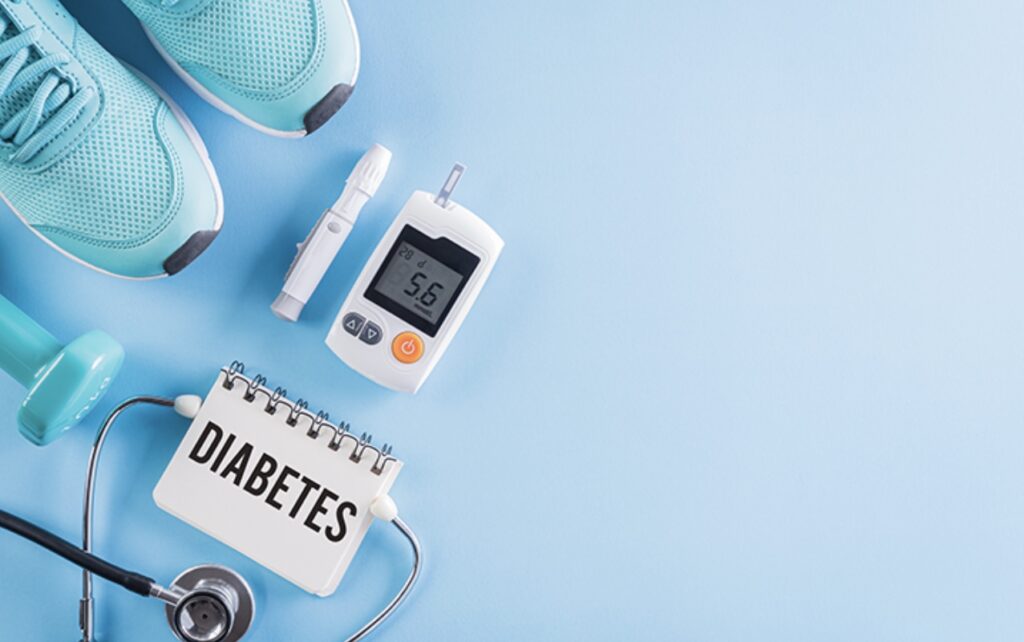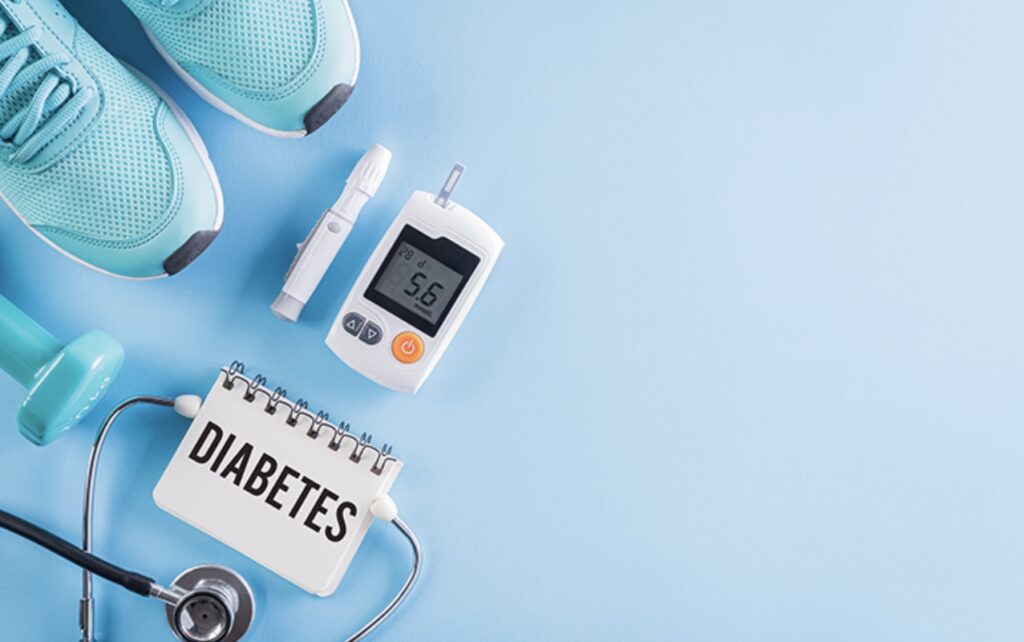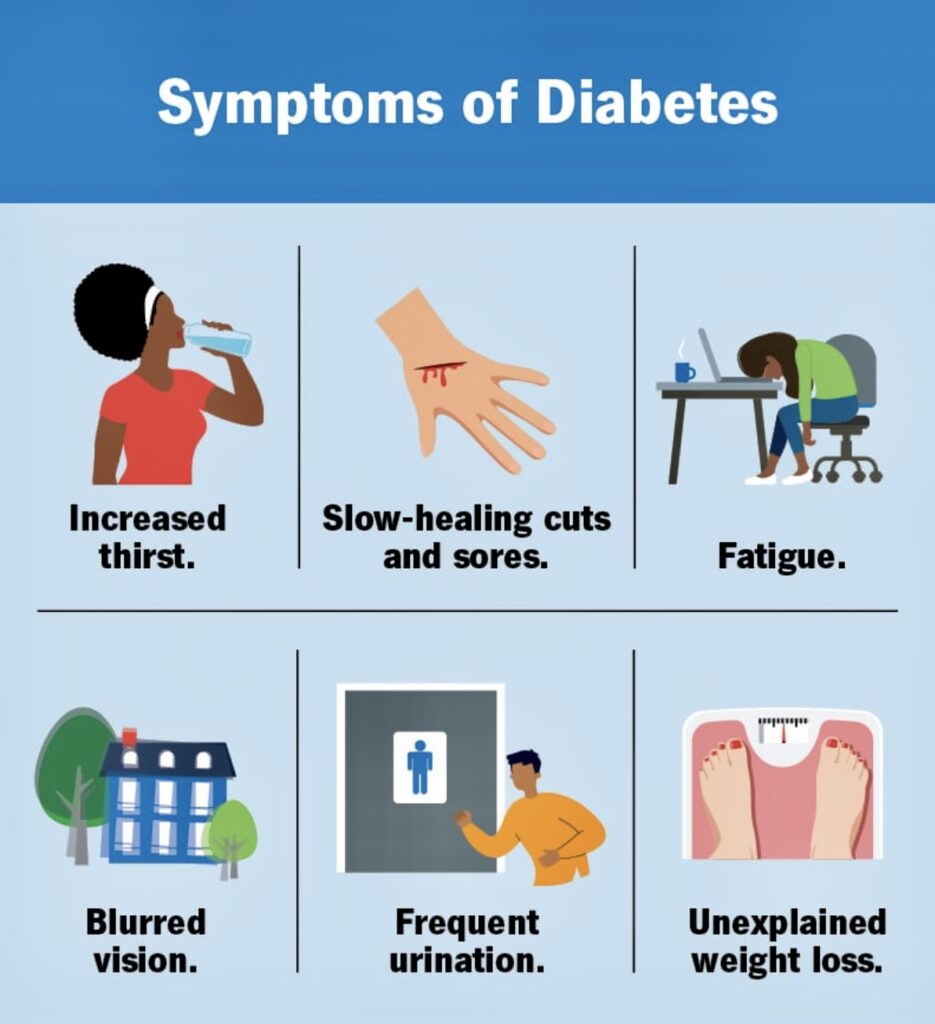By Henrylito D. Tacio
“Treat diabetes as early as you can,” urges Dr. Willie T. Ong, an internist-cardiologist who’s an active consultant at the Manila Doctors Hospital and Makati Medical Center. Otherwise, it may lead to serious complications like leg amputations, blindness, and kidney failure.

“I had always thought that only hard-headed people with no money for medications will end up with these complications,” he admitted. But all these changed when he personally met Patient X.
Patient X is a special overweight 55-year-old male who simply loves to eat. Despite his bad habits, which includes 8 cans of diet soft drinks a day, Dr. Ong always thought it would take years before his diabetes complications kicked in. The reason: he is well maintained on all the best medicines (around 8 of them), including insulin injections daily.
Just recently, Patient X complained of leg weakness that made him stumble. A neurologist made the grave pronouncement: 50% nerve damage from diabetes. The worst thing: the damage wrought by diabetes is irreversible.
Dr. Ong considered the case as a wake-up call for him. “This serious case of diabetes complication made me wake up to my complacency in treating this annoying disease,” he said. He was wrong all along.
Based on Patient X’s case, he relearned that a fasting blood sugar of greater than 105 mg/dL (milligrams per deciliter, which is a measurement that indicates the amount of glucose in a specific amount of blood) is not normal. In addition, a post-meal blood sugar of greater than 140 mg/dL is not normal either.
“Several concerned patients complained that the American Diabetes Association (ADA) has lulled the medical community into complacency by waiting for a fasting blood sugar of greater than 126 mg/dL and a post-meal sugar of greater than 200 mg/dL before declaring a patient as diabetic,” Dr. Ong said. “Between those numbers, the ADA labels them as ‘impaired glucose tolerance,’ which signifies some degree of hope left.”
But this has given patients false hope as evidence shows that the patient’s beta cells (insulin producing cells in the pancreas) are already damaged by the time a patient gets to this “impaired” level. But once it has reached the “diabetic” levels, 50% of the beta cells are already destroyed.
Some years back, the British Diabetic Association (BDA) conducted the United Kingdom Prospective Diabetes Study (UKPDS), touted to be the largest clinical research on diabetes ever conducted. Based on the said study, Dr. Ong has given these observations:
You must get your blood sugar down to the lowest possible numbers. UPKPDS irrefutably shows that better blood sugar control decreases the risk of serious eye disease by 25% and reduces kidney damage by 33%. In addition, better blood pressure control – as close to 120/80 as possible – reduces the risk of death by 33%.
All diabetes cases are serious. Normally, the food we eat is converted into glucose and used or stored by the body with little problem. “Circulating insulin hormone stimulates the uptake of sugar by the body’s cells,” says The Doctors Book of Home Remedies. “But with diabetes, something goes awry. The pancreas, which is the organ responsible for producing insulin, becomes irresponsible. It either stops producing the hormone completely (type 1 diabetes) or else produces too much, which leads to insulin resistance (type 2 diabetes). Either way, the concentration of sugar in the blood shoots sky-high.”
“It is now clear that type 2 diabetes is a progressive condition and must never be considered a ‘mild’ form of diabetes,” Dr. Ong explained. “Remember, every little bit less helps. Every less intake of ice tea and fatty dessert helps.”
Taking diabetes medicines is a must. The study results show that most patients were not able to reduce their fasting blood glucose to below 126 mg/dL with diet and exercise alone. “It seems there’s no escaping diabetes medicines,” Dr. Ong said.
Diabetes slowly worsens with time – no matter what a diabetic do. “For people taking medicines, it is often necessary to increase the dose, add other tablets or eventually start insulin treatment,” Dr. Ong suggested. “People with diabetes need to be informed that every few years, additional drugs may have to be added including insulin. They should be reassured that it is not their fault but it’s just the way diabetes works. People taking insulin injections will also often require dosage increases over time.”
Dr. Ong wondered why half of all diabetes cases around the world do not have their blood sugar controlled to optimal levels. He cited five reasons:
Doctors are not aware that blood sugar levels should be kept very low. The goal should be: fasting blood sugar of less than 100 mg/dL; post-meal sugar of less than 140 mg/dL; and HbA1C of less than 6%. “Take note and remember these lifesaving numbers,” Dr. Ong urged. “The lack of emphasis from diabetes guidelines and articles make everybody complacent on this dreaded disease.”
It takes up a lot of the doctor’s time to explain to the patient. “Since blood sugar monitoring is a day to day thing, it’s difficult to expect doctors to devote their time to only a few patients,” Dr. Ong surmised. “The best solution is for the patient to take control of his or her life and learn how to adjust the medicines. Some patients even know when to adjust their insulin.”
Doctors rely too much on diet and exercise. Although these two are needed to control diabetes, these are not enough. “Unaware of the progressive nature of diabetes, doctors can keep on giving false hope and false chances to a patient,” Dr. Ong said. “The correct treatment is to increase the medicines or use insulin early.”
It’s time-consuming to keep on testing one’s blood sugar. “It takes a bit of work to buy your glucose monitor and there’s a little pain involved but the benefits of monitoring are so much more,” Dr. Ong pointed out.
Patients are afraid of low blood sugar. “It’s true that low blood sugar is dangerous and can lead to coma,” Dr. Ong said. “However, with knowledge and experience, you can learn to keep your blood sugar low, without going too low. The alternative of doing nothing, eating all you can, and not testing your blood sugar is much more dangerous.”
If you are wondering who Patient X, well, it’s his brother. From time to time, he tells his daily blood sugar levels. After thorough research, he is injected with insulin four times a day. It may sound painful but not so according to his brother. “Worrying about damaged nerves, kidney failure and blindness is far more stressful,” he said.
In the Philippines, an estimated 7.3 million people have diabetes, with 3.5 million of them diagnosed and the remaining ones undiagnosed. It is no wonder why the Philippines is now touted as a “diabetes hotspot.”
A study published in Philippine Journal of Internal Medicine showed the prevalence of individuals with diabetes living in the urban areas (8.5%) compared to those in the rural areas (5.7%). “Diabetes is slightly more preponderant among females at 7.4% compared to males at 7.0%.”
Every 6 seconds, studies show, one person dies of diabetes complications. “Diabetes is the sixth leading cause of death among Filipinos,” says the Department of Health (DOH), the country’s leading public health government agency.
The best way to avoid getting diabetes complications is to be diagnosed early. “Getting diagnosed early is important because most of its serious complications are preventable,” assures Dr. Marie Yvette Rosales-Amante, who had her fellowship in endocrinology, diabetes, and metabolism at the University of Massachusetts.
The Minnesota-based Mayo Clinic says some of the signs and symptoms of both types are as follows: increased thirst, frequent urination, extreme hunger, unexplained weight loss, presence of ketones in the urine (ketones are a by-product of the breakdown of muscle and fat that happens where there’s not enough available insulin), fatigue, irritability, blurred vision, and slow-hearing sores.
Both men and women with diabetes experience all those symptoms. However, there are symptoms that are unique to women. According to healthline.com, these include vaginal and oral yeast infections and vaginal thrush, urinary infections, female sexual dysfunction, and polycystic ovary syndrome (a disorder that occurs when a woman produces higher amounts of male hormones).
Diabetes is a very destructive disease. “It destroys many of the organs in our body,” Dr. JM Co, chair of the Department of Medicine at the University of the East Ramon Magsaysay Memorial Medical Center, Inc., was quoted as saying in a news daily. — ###


(Photos sourced from the net)








